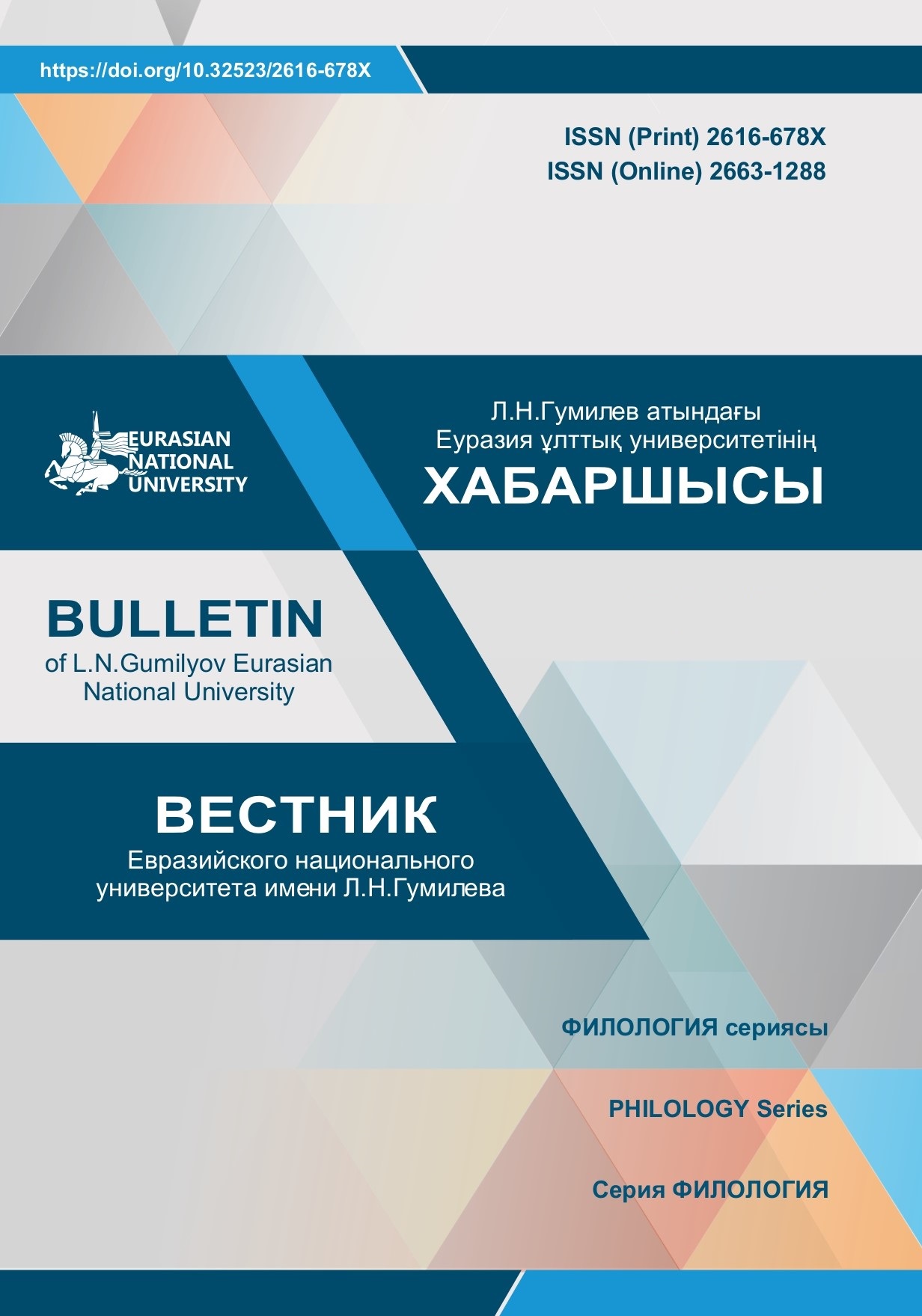Modern folklore and scientific methods of classification of oral folk art by Akhmet Baitursynuly
Views: 276 / PDF downloads: 1240
DOI:
https://doi.org/10.32523/2616-678X-2023-143-2-172-180Keywords:
A. Baitursynuly, oral folk art, Alash period, Soviet period, period of independence, folklore genres, classification of genres, fairy tale, epic fairy tale, M. Gabdullin, S. KaskabassovAbstract
This article discusses the work of the outstanding Kazakh scientist A. Baitursynuly
Adebiettanytkysh (literally – The Cognizer of Literature), which assesses his scientific attitudes in the
classification of oral folk art (literature), from the standpoint of Soviet and modern folklore. In the course of
the study, it was found that the formation of A. Baitursynuly’s views on oral folk art was influenced by the
theoretical positions of his contemporaries. Historical-comparative and hermeneutic methods were used
as a research method. In addition, the study identified problems associated with the need to determine
its scientific paradigm and revealed its relationship with the religious factor. Appropriate comparisons of
individual genres in oral folk art were made, continuity between the periods of Alash, the Soviet and the
period of independence was determined. In connection with objective historical and scientific changes in
literary criticism and folklore, there have been changes associated with the attribution of certain genres of
oral folk art, established by A. Baitursynuly. Based on these considerations, appropriate conclusions and
conclusions were made.







